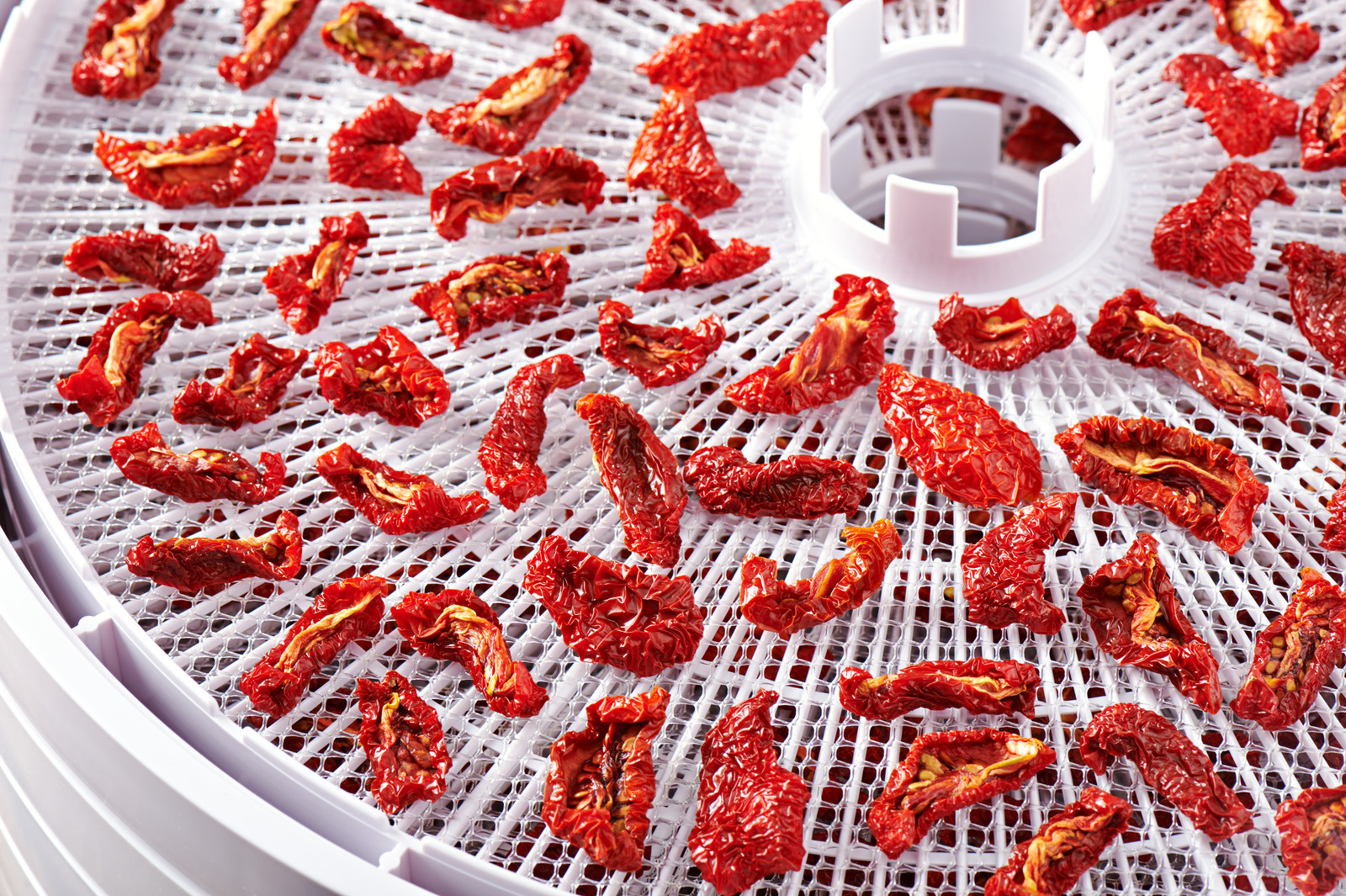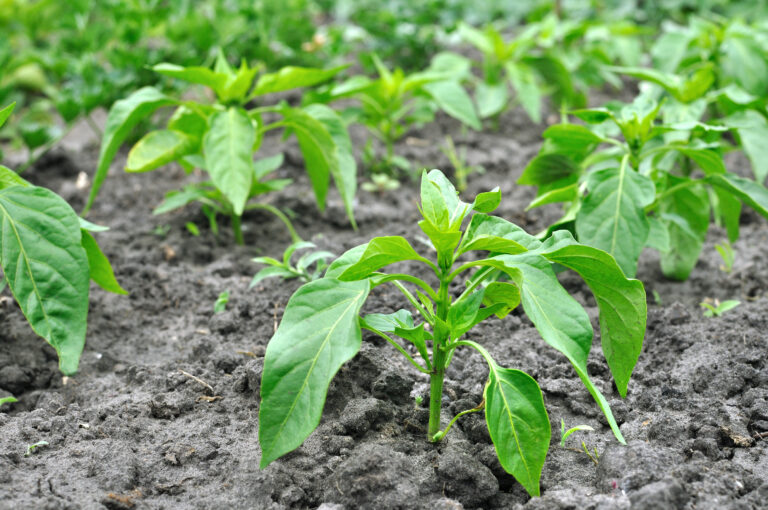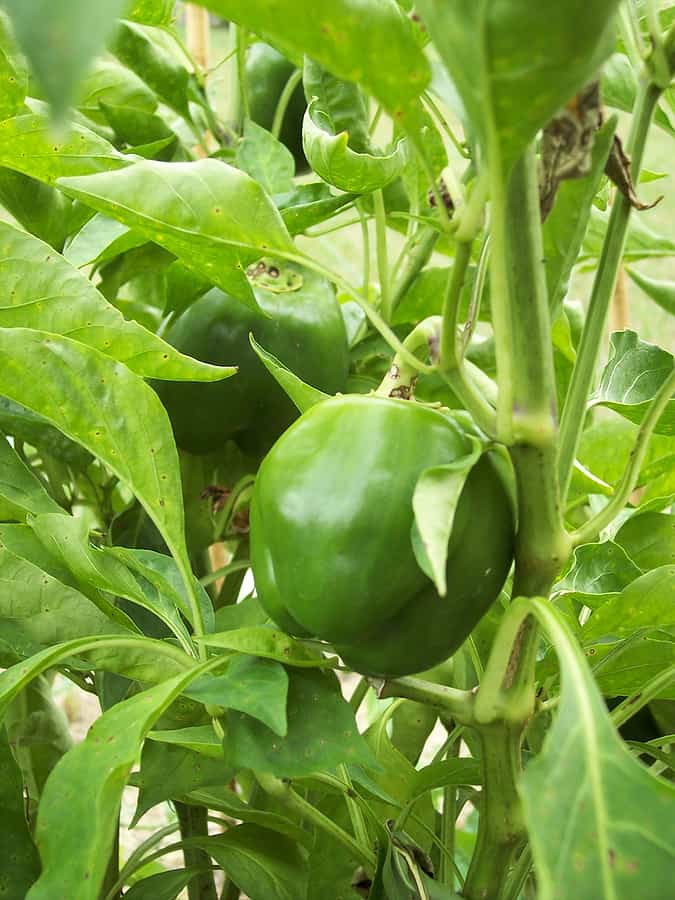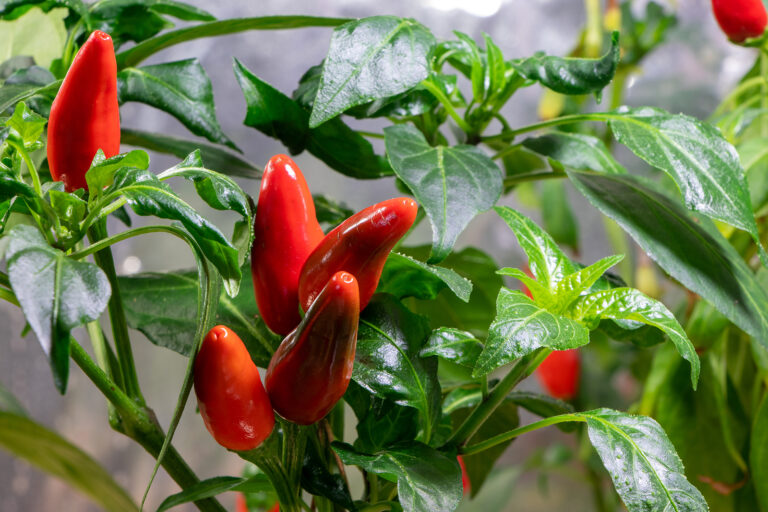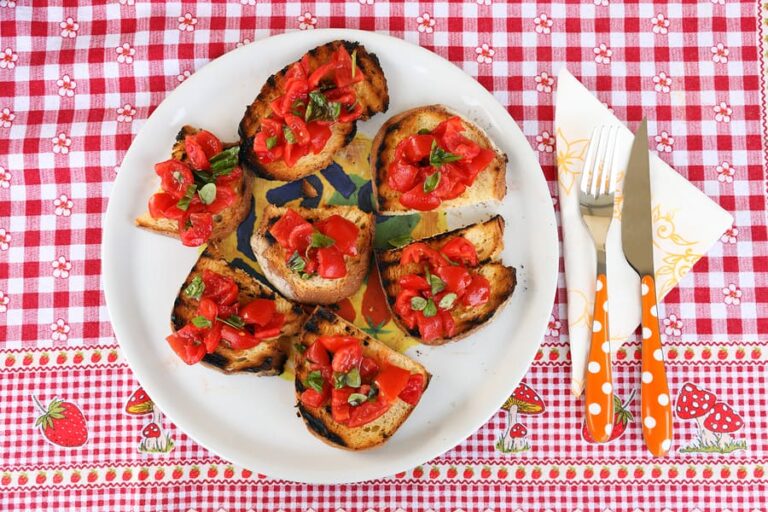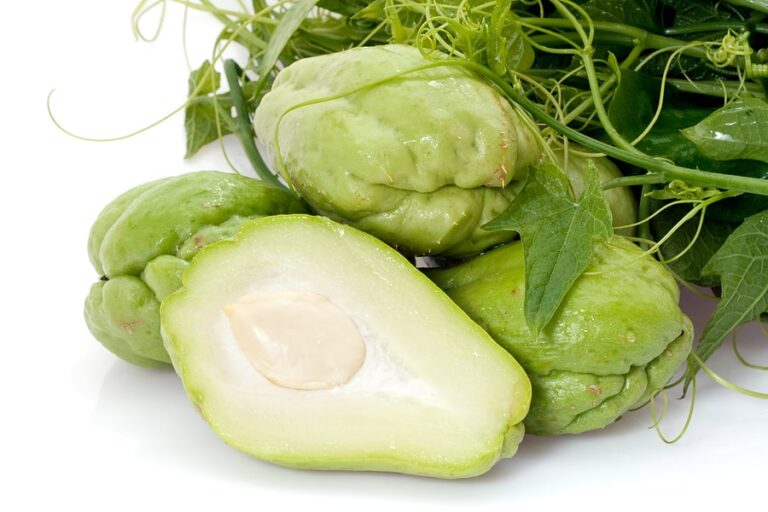How to Preserve Hot Peppers: Drying, Fermenting & Pickling
If you’ve ever harvested a bounty of hot peppers from your garden, you know that sometimes it’s hard to keep up with the sheer volume of peppers. Over the years, I’ve had my fair share of pepper overload, and I’ve learned a few simple ways to preserve them for later use. Whether you’re growing fiery Habaneros, zesty Jalapeños, or intensely hot Ghost Peppers, there are a few tried-and-true preservation methods that will keep your peppers flavorful and spicy for months to come. In this guide, I’ll share my personal experiences with drying, fermenting, and pickling hot peppers, as well as expert insights into each technique.
Drying Hot Peppers
Drying hot peppers is one of the oldest methods of preservation, and it’s something I’ve turned to again and again. When peppers dry out, their flavors intensify, and they become concentrated, making them perfect for grinding into powders or using in cooking. The process of drying peppers is simple and doesn’t require a lot of equipment, making it a great option for anyone with an abundance of peppers.
How to Dry Hot Peppers
- Air Drying: If you live in a warm, dry climate, you can air dry your peppers. To air dry, string your peppers on a piece of twine using a needle, threading them through the stems. Hang the string in a well-ventilated area, such as a covered porch or garage, and let them dry for 1-3 weeks, depending on the temperature and humidity levels. Be sure to keep them out of direct sunlight, as this can degrade their flavor and color.
- Oven Drying: If the weather isn’t cooperating, or if you want to speed up the drying process, the oven is a great tool. Place your peppers on a baking sheet in a single layer and set your oven to the lowest temperature setting (usually around 140°F or 60°C). Keep the door slightly ajar to allow moisture to escape. Check the peppers every couple of hours, and after 6-8 hours, they should be completely dried. Be careful not to overcook them, as this can cause the peppers to burn.
- Dehydrator: A dehydrator is the best option if you want to dry peppers quickly and consistently. Simply place the peppers on the dehydrator trays, and set the temperature to around 125°F (52°C). It typically takes 6-12 hours, depending on the size of your peppers, for them to dry completely. Once dried, you can store them in an airtight container for up to a year.
Uses for Dried Peppers
Once dried, you can use your peppers in a variety of ways. The most common method is to grind them into chili powder or cayenne pepper, which can be used to add spice to dishes throughout the year. You can also use dried peppers in soups, stews, or even rehydrate them in water to add them to sauces and salsas.
Fermenting Hot Peppers
Fermenting hot peppers has become a favorite preservation method of mine because it enhances the flavors while also introducing beneficial probiotics. When you ferment hot peppers, the natural sugars in the peppers are converted into lactic acid by beneficial bacteria, which helps preserve them and gives them a unique tangy flavor.
How to Ferment Hot Peppers
- Prepare the Peppers: Start by washing your peppers thoroughly. Depending on your preference, you can leave them whole, slice them, or even make small slits in the peppers to allow the brine to penetrate more deeply.
- Make the Brine: A basic brine for fermenting peppers consists of water and salt. A typical ratio is 1 tablespoon of non-iodized salt (such as sea salt or kosher salt) for every cup of water. Stir until the salt dissolves completely. Some people like to add garlic, onion, or spices to the brine to enhance the flavor, but that’s entirely up to your taste preferences.
- Fermentation Process: Place the peppers in a clean jar or container, packing them tightly but leaving some space at the top. Pour the brine over the peppers, ensuring they are fully submerged. You can use a fermentation weight or a clean rock to keep the peppers under the brine. Seal the jar with a lid or cloth, and leave it at room temperature for 3-7 days, depending on how sour you want the peppers to be. Taste the peppers periodically, and once they have reached the desired flavor, transfer the jar to the fridge, where they can last for several months.
Uses for Fermented Peppers
Fermented hot peppers can be used in a variety of dishes, from tacos to soups, or even blended into hot sauces. I particularly love using fermented peppers in homemade salsas, as their tangy, spicy flavor adds a new depth to the traditional salsa taste.
Pickling Hot Peppers
Pickling is another fantastic method of preserving hot peppers, and it’s one I use regularly to extend the shelf life of my harvest. The pickling process not only preserves the peppers but also imparts a delicious, vinegary bite that pairs perfectly with many dishes.
How to Pickle Hot Peppers
- Prepare the Peppers: As with fermenting, start by washing the peppers thoroughly. You can slice them into rings or leave them whole—whatever you prefer. If you leave them whole, be sure to pierce each pepper with a fork or knife to allow the pickling solution to penetrate the pepper.
- Make the Pickling Brine: Combine equal parts vinegar and water in a saucepan, and bring it to a boil. Add your preferred seasonings, such as garlic, mustard seeds, peppercorns, or bay leaves. For a bit of sweetness, you can also add sugar. Once the brine is ready, let it cool for a few minutes.
- Pack the Jars: Sterilize your jars by placing them in boiling water or a hot oven for a few minutes. Then, pack the peppers tightly into the jars and pour the brine over them, making sure the peppers are completely submerged. Seal the jars with lids and process them in a hot water bath for 10-15 minutes. This step ensures the jars are sealed for long-term storage.
Uses for Pickled Peppers
Pickled hot peppers are perfect for adding a zesty punch to sandwiches, burgers, and even salads. I love topping tacos and nachos with pickled peppers, and they also make an excellent accompaniment to cheese boards and charcuterie plates.
Summary
Preserving hot peppers through drying, fermenting, or pickling allows you to enjoy your harvest year-round and adds versatility to your cooking. From tangy fermented peppers to spicy pickled peppers, there’s a preservation method for everyone. Each method offers its own unique flavor profile and can be used in a wide variety of dishes, from sauces to salsas to savory stews. With the right techniques and a little patience, you can enjoy the fiery heat of your homegrown peppers all year long.
🌶 Peppers Growing Hub
Start here:
- How to Plant and Grow Hot Peppers: A Gardener’s Guide to Spicy Success
- How to Grow Sweet Peppers: A Gardener’s Guide to a Bountiful Harvest
Getting Peppers Started (general prep)
- Seed Starting Peppers: Proven Method for Strong, Healthy Plants
- Soil Preparation for Peppers: The Secret to Strong Roots and Big Harvests
- Best Hot Pepper Varieties to Grow for Salsas, Sauces, and Drying
- Best Sweet Pepper Varieties to Grow
- World’s Hottest Peppers You Can Grow in Your Garden
- The Science of Pepper Heat: Understanding Scoville Units
- Growing Peppers Indoors Under Lights
- Companion Planting with Peppers: Best and Worst Neighbors in the Garden
Planting & Growing Peppers
- When and How to Transplant Pepper Seedlings Outdoors
- 10 Steps to Grow a Bumper Pepper Crops
- How to Grow Hot Peppers in Containers: Tips for Small Spaces
- 7 Tips for Growing Peppers in Pots
- How to Grow Colored Bell Peppers: How to Get Reds, Yellows, and Oranges
- Cross-Breeding Hot Peppers at Home: A Beginner’s Guide
- How to Water & Fertilize Sweet Bell Peppers for Maximum Yield
- Pruning Pepper Plants for Healthier Growth and Bigger Harvests
- Six Tips to Grow Peppers for Flavor
- Pepper Season Extension & Overwintering: How to Keep Plants Producing Longer
Pepper Care & Troubleshooting
- Pepper Pests, Diseases, and Problems—How to Fix Them Naturally
- Caring for Peppers: Mid-Season Problem Cures
- How to Increase the Heat of Hot Peppers Naturally
- Overwintering Pepper Plants Indoors
- How to Overwinter Pepper Plants in Any USDA Zone
Harvesting & Preserving Peppers
- When to Harvest Hot Peppers for Maximum Heat
- How to Harvest Sweet Peppers for the Best Flavor
- How to Preserve Hot Peppers: Drying, Fermenting & Pickling
- How to Ripen Green Peppers Indoors
- Saving Pepper Seeds for Next Year’s Crop
Cooking & Using Peppers
- Preparing and Serving Sweet Peppers – Harvest to Table
- Five Ways to Cook and Serve Chili Peppers
- Stuffed Peppers: Best Varieties for Cooking
- Cooking with Hot Peppers: Flavor & Safety Tips
- How to Handle Hot Peppers Without Burning Your Skin
Books to help you grow:

